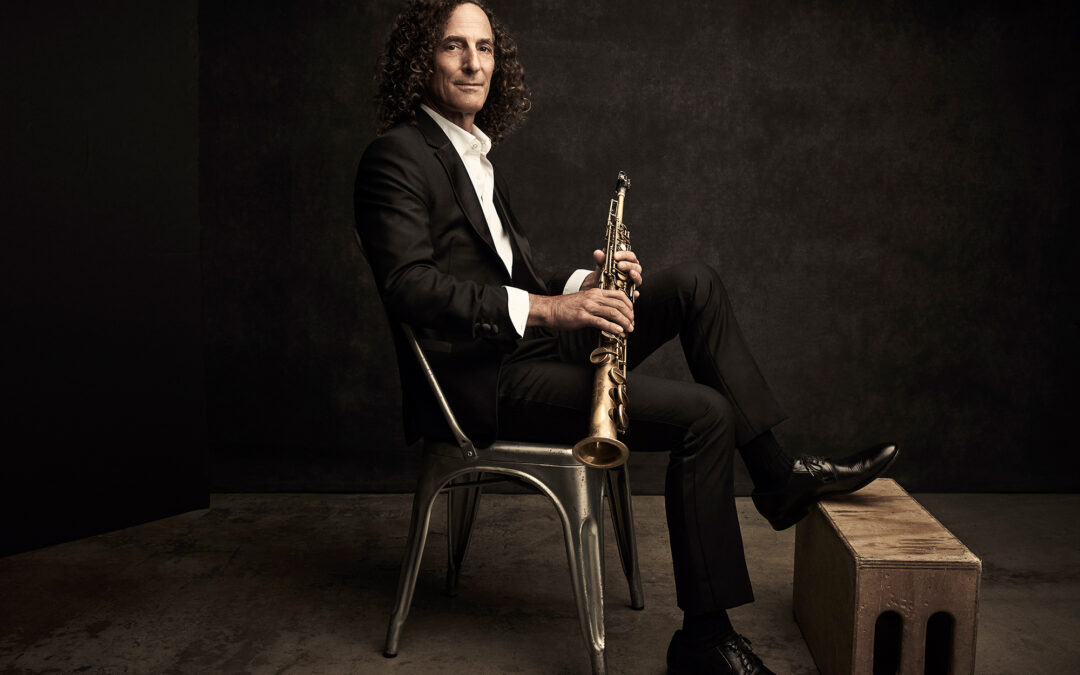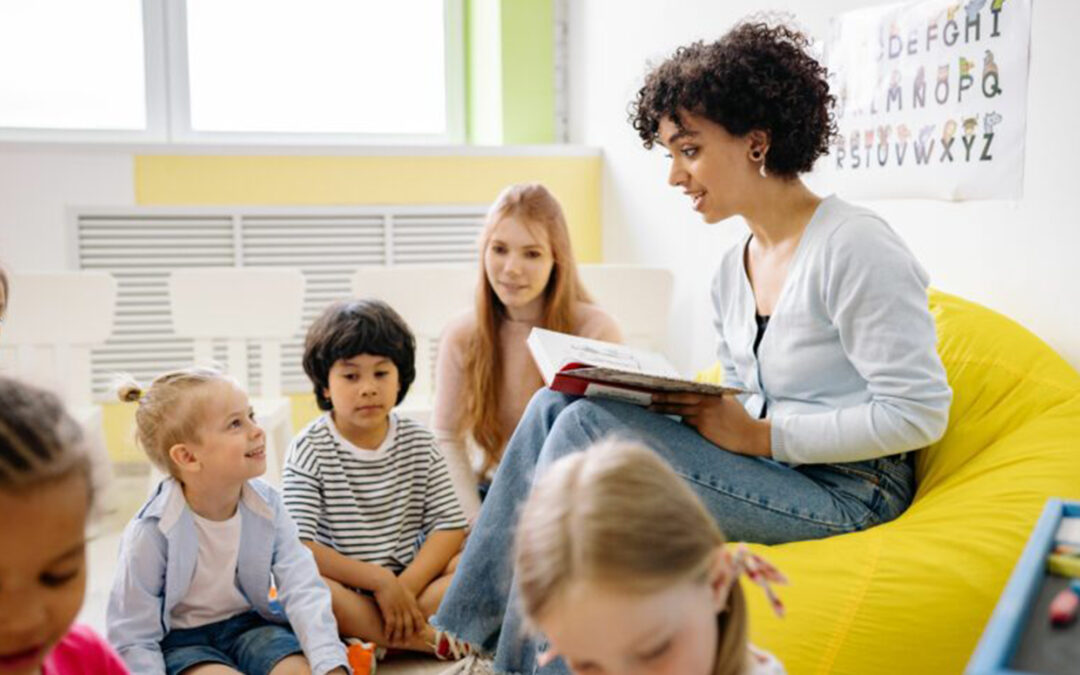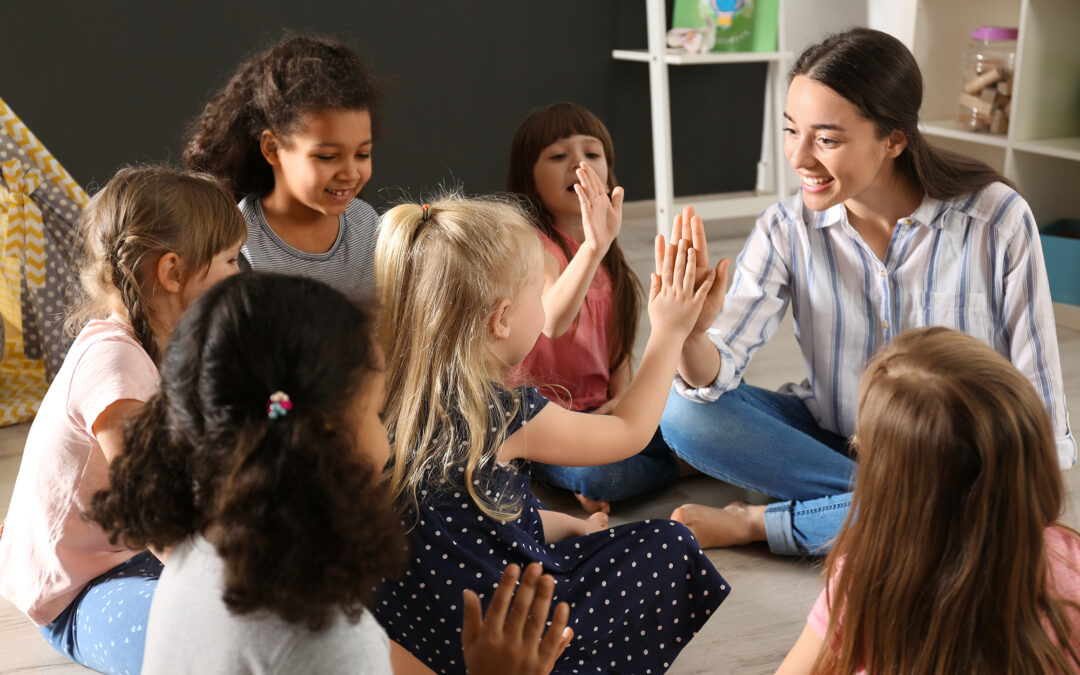
by North Shore Child & Family Guidance Center | Aug 23, 2022 | Blank Slate Media, In The Media
North Shore Child & Family Guidance Center (the Guidance Center) is thrilled to announce that Grammy-winning musician Kenny G will be the guest performer at the organization’s Sunset Soirée, a fundraiser that will be held on Sept. 8 at 6:30 p.m. at the beautiful Manhasset Bay Yacht Club in Port Washington.
Saxophonist Kenny G recorded the best-selling instrumental album of all time in the Diamond-selling, 12-times-Platinum 1992 “Breathless.” His latest release, “New Standards,” his 19th studio album, could well be used to describe his four-decade body of work, a vision of jazz that helped launch both a musical genre and radio format.
“New Standards” continues the musical path that has seen Kenny G sell 75 million albums around the world.
In addition to a live performance by Kenny G, the Sunset Soirée will feature elegant cocktails and dining, beautiful sunset views and fabulous silent auction prizes. All proceeds will benefit the Guidance Center, Long Island’s premiere children’s mental health nonprofit organization.
“After having to postpone our in-person event for the past two years due to the pandemic, we are so excited to be welcoming back our devoted supporters for what promises to be a spectacular evening,” said Kathy Rivera, executive director of the Guidance Center. “For nearly 70 years, the Guidance Center has been committed to providing essential mental health services to the children and families in our community, regardless of their ability to pay. And those services are needed more than ever during these very difficult times, when depression, anxiety and other mental health challenges are at epidemic proportions among our youth.”
The co-chairs for this year’s event are longtime Guidance Center supporters Nancy and Lew Lane and Andrea and Michael Leeds. The Mistress of Ceremonies will be Stacey Sager of Channel 7 Eyewitness News.
All proceeds will benefit the Guidance Center. To learn more about becoming a sponsor or an underwriter or purchasing tickets, please visit www.northshorechildguidance.org/sunsetsoiree, call (516) 626-1971, ext. 309 or email mespichan@northshorechildguidance.org.

by North Shore Child & Family Guidance Center | Aug 19, 2022 | Blank Slate Media, Blog, In The Media
Kindergarten Preparation, Published in Blank Slate Media, August 15, 2022
In this monthly column, therapists from North Shore Child & Family Guidance Center answer your questions on issues related to parenting, mental health and children’s well-being. To submit a question, email communications@northshorechildguidance.org.
Question: We have twins, a girl and boy, and both are entering kindergarten in September. This is a first for our family, and we’re not sure if we are doing enough to prepare them, especially since their pre-school experience was limited due to the pandemic. Any advice?
–Anxious Parents
Dear Anxious Parents: You’re not alone in having concerns about your children adjusting to the new routine of “big kid” school. Even before the pandemic, parents often felt anxiety about the transition to kindergarten, but since many families chose to keep their children home while COVID-19 was in full swing, those worries may be magnified right now.
Since many youngsters have been taught to keep their distance from strangers in order to avoid getting sick, they may be more wary of being with new people. You can help reassure them that you, their teachers and others are working together to keep everyone safe and healthy. While COVID-19 has shown itself to be somewhat unpredictable, we are in a far better place than we were a few years ago with preventative measures and treatment, and that information can be imparted to ease your child’s anxiety.
Starting in a new school can be scary under any circumstances, but there are steps you can take to help. If your school allows it, plan to bring your child to their classroom to meet their teacher before the school year begins. Also take them to see the gym, the playground, cafeteria, library, nurse’s office and other locations. Even if the teacher won’t be available, familiarizing your child with the school and the routine will go far in reducing their fears.
Be careful not to put your own fears onto your child. A lot of parents reflect on their own first-day jitters, and they assume their child feels the same way. While a certain level of school anxiety is entirely normal in children, they are also likely to feel excited, so remember to focus on the positive aspects of school, such as making new friends, having lots of time to play and learning fun new things.
Below are some more suggestions to make the transition as smooth as possible:
- Some schools help set up late summer playground events for incoming kindergartners. If they do, take advantage of the opportunity for your child to meet some new friends.
- Talk about what they are going to learn; make a game of “playing school” by introducing some of the activities that go on in a typical school day.
- Bring them with you when you shop for school supplies. Choosing their own folders, pencils, crayons and the like will make the experience feel special.
- Get your child on a regular bedtime schedule before school begins so they are accustomed to getting up at the same time they’ll need to awaken for school.
- Sit together and make a morning game plan—what are some breakfast ideas, which outfits will they want to wear their first week, and how they will be getting to school. If you can, do some practice runs (or walks) to the bus stop, if they’ll be taking one.
- Teach your child their basic contact information, including the correct spelling of their name, their address and their phone number. Also help them practice writing their own names.
- Make sure they know how to take their shoes on and off, and also how to zip up their backpacks.
When you give your youngsters a chance to talk about all their emotions and react calmly to whatever they say, it reassures them that everything will be fine. But if your child appears to be highly anxious and expresses reluctance to go to school after the first week or so, consider contacting a mental health professional. The pandemic has impacted children’s emotional well-being in numerous ways, so don’t hesitate to reach out for help.
North Shore Child & Family Guidance Center, Long Island’s leading children’s mental health organization, is seeing clients both remotely via telehealth platforms and in person, depending on the clients’ needs. No one is ever turned away for inability to pay. To make an appointment, call 516-626-1971 or email intake@northshorechildguidance.org.

by North Shore Child & Family Guidance Center | Aug 15, 2022 | Blog
Earlier this summer, North Shore Child & Family Guidance Center was excited to announce that our Children’s Center at Nassau County Family Court had reopened after a two-year hiatus due to the pandemic. During that time, almost all court business was conducted virtually, but with more and more children and families returning to in-person court visits, our Children’s Center is a much-needed community resource!
With family court matters such as divorce proceedings and custody cases often very contentious, youngsters can be traumatized if they are in the courtroom. But many parents and guardians don’t have the luxury of leaving their children home.
That’s what makes our Children’s Center at Nassau County Family Court so important. At the Children’s Center, kids from 6 weeks to 12 years old are provided with free care in a nurturing and safe early learning environment while adults are busy in court.
How can you help? We are seeking volunteers at the Children’s Center, which is located at 1200 Old Country Road in Westbury. To volunteer, we request that you are…
- 16 years of age or older
- Fully vaccinated against COVID-19
- Able to work a minimum of four hours per week
- Comfortable wearing a mask
- Willing to complete a NY State background check, including fingerprinting
- Able to lift children when necessary and have good mobility
- Friendly and nurturing
Volunteering at the Children’s Center is a great way for high schoolers (16 and up) or college students who have an interest in children and education to gain experience! And it’s also a wonderful opportunity for anyone who loves kids to give back and make a difference for the youngsters and families in our community.
To learn more about this fulfilling volunteer opportunity, contact Dr. Nellie Taylor-Walthrust at 516-997-2926, ext. 229, or email ntaylorwalthrust@northshorechildguidance.org

Benefits of Volunteering:
- It reduces the risk of depression by helping you make new friends and building a support network.
- It boosts your self-esteem and helps you develop better communication skills.
- Volunteering helps you stay active and engaged with the world, and depending on what kind of volunteering you do, it could even help you stay more physically fit, including lowering your blood pressure!
- It exposes you to new experiences, giving you insight into the world around you and all the opportunities that are out there just waiting for your energy and dedication.
- It helps reduce stress and loneliness by providing you with a feeling of purpose and connection.
- The symptoms of mental health issues such as Post-Traumatic Stress Disorder, Obsessive Compulsive Disorder, anxiety and other conditions have been shown to decrease when people volunteer.
- Volunteering gives you perspective, helping you realize that there are others in the world struggling with issues, just like you.
- The bottom line: Volunteering is fun!

by North Shore Child & Family Guidance Center | Aug 15, 2022 | In The Media, Long Island Business News
By: Adina Genn, LIBN
Grammy-winning jazz saxophonist Kenny G is the guest performer at the North Shore Child & Family Guidance fundraiser, which will be held Sept. 8 at 6:30 p.m. at Manhasset Bay Yacht Club in Port Washington.
Kenny G has sold 75 million albums across the world. His works including Breathless, the instrumental album released in 1992. His 19th studio album, New Standards, was released in 2021.
The evening will feature cocktails, dining, water views and auction proceeds, with all proceeds benefitting the Guidance Center, the children’s mental health nonprofit organization that has served Long Island for nearly 70 years.
“After having to postpone our in-person event for the past two years due to the pandemic, we are so excited to be welcoming back our devoted supporters for what promises to be a spectacular evening,” Kathy Rivera, executive director of the Guidance Center, said in a statement.
She added that the center “has been committed to providing essential mental health services to the children and families in our community, regardless of their ability to pay. And those services are needed more than ever during these very difficult times, when depression, anxiety and other mental health challenges are at epidemic proportions among our youth.”
The co-chairs for this year’s event are longtime Guidance Center supporters Nancy and Lew Lane and Andrea and Michael Leeds. The mistress of ceremonies will be Stacey Sager of Channel 7 Eyewitness News.
To learn more about becoming a sponsor or an underwriter or purchasing tickets, visit www.northshorechildguidance.org/sunsetsoiree.
Photo credit: Art Streiber

by North Shore Child & Family Guidance Center | Aug 15, 2022 | In The Media, Press Releases
Roslyn Heights, NY, August 12,2022 — North Shore Child & Family Guidance Center (the Guidance Center) is thrilled to announce that Grammy-winning musician Kenny G will be the guest performer at the organization’s Sunset Soirée, a fundraiser that will be held on September 8, 2022 at 6:30 p.m. at the beautiful Manhasset Bay Yacht Club in Port Washington, N.Y.
Saxophonist Kenny G recorded the best-selling instrumental album of all time in the Diamond-selling, 12-times-Platinum 1992 Breathless. His latest release, New Standards, his 19th studio album, could well be used to describe his four-decade body of work, a vision of jazz that helped launch both a musical genre and radio format. New Standards continues the musical path that has seen Kenny G sell 75 million albums around the world.
In addition to a live performance by Kenny G, the Sunset Soirée will feature elegant cocktails and dining, beautiful sunset views and fabulous silent auction prizes. All proceeds will benefit the Guidance Center, Long Island’s premiere children’s mental health nonprofit organization.
“After having to postpone our in-person event for the past two years due to the pandemic, we are so excited to be welcoming back our devoted supporters for what promises to be a spectacular evening,” said Kathy Rivera, Executive Director of the Guidance Center. “For nearly 70 years, the Guidance Center has been committed to providing essential mental health services to the children and families in our community, regardless of their ability to pay. And those services are needed more than ever during these very difficult times, when depression, anxiety and other mental health challenges are at epidemic proportions among our youth.”
The co-chairs for this year’s event are longtime Guidance Center supporters Nancy and Lew Lane and Andrea and Michael Leeds. The Mistress of Ceremonies will be Stacey Sager of Channel 7 Eyewitness News.
All proceeds will benefit the Guidance Center. To learn more about becoming a sponsor or an underwriter or purchasing tickets, please visit www.northshorechildguidance.org/sunsetsoiree, call (516) 626-1971, ext. 309 or email mespichan@northshorechildguidance.org.
Photo credit: Art Streiber




